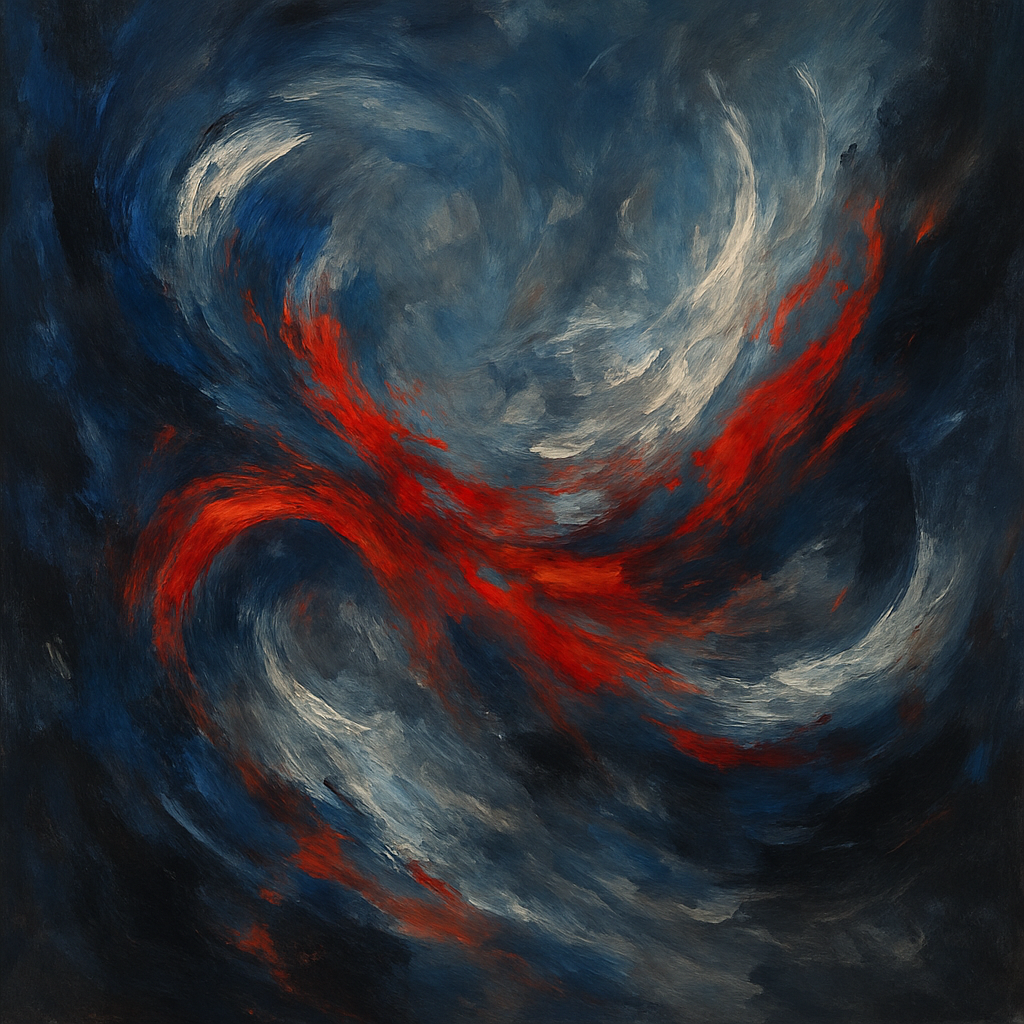grief and the axolotl
I read an article by Bess Stillman this morning, and it moved me.
The idea that struck me most was this: the phrase “a part of me died” is not just poetic—it’s anatomical. When we lose someone—whether through death, breakup, estrangement, or the slow erosion of illness—our brains change. The way we see reality changes. We are literally no longer the same.
Bess’s story is more extreme, more raw: her husband died of tongue cancer at 40. That’s a grief I can’t fully imagine. The missing of someone by your side, the hoping for an email that will never come, the sudden absence of a father for your child. It’s severe. It’s brutal.
But I recognize the shape of it. Six years ago I went through a breakup that cracked me open. It surfaced deeper things I hadn’t faced from childhood. And even though the rupture was “just” a relationship ending, there was a before and an after. A younger version of me didn’t make it through. Sometimes I still feel pangs of him—like an old self I’d love to sit with again. And sometimes, too, pangs for the imagined future we’d built in my mind.
And yet—should we call grief terrible? Is it fair to label anything so natural as terrible? Grief is the proof of love. If you never grieve, you never loved.
Maybe, from a higher spiritual vantage, grief is an attachment we’re meant to outgrow. A full acceptance of life’s flow would mean no deep wounding, no persistent jab of pain. But most of us live in this world, with these bodies, these bonds. For us, grief is part of life. It’s a walking death. A real wound. A real amputation.
And Stillman puts it plainly:
“Part of me died with Jake. That’s not a symptom. It’s anatomy. My brain isn’t the same, and neither is my body. A person missing an arm isn’t told it’s a sickness to believe they’re structurally altered. A phantom limb is still gone, even if its ghost causes pain. Death, too, is an amputation.”
She goes further:
“In as little as six weeks, axolotls can regrow not just their limbs, but parts of their brain. Starfish create an entire body from a single arm. Zebrafish can regenerate their heart.
What human has ever regrown their heart? And in just one year?”
We can’t regrow like axolotls. But maybe we rewire. Maybe we find ways to build beauty in the scar.
“We medicalize grief because we fear it. A diagnosis—naming what ails us—means we can fix it. Ambiguity means sitting with uncertainty and waiting to see how pain evolves. In a world where we swipe midway through 30-second video reels like rats hitting a cocaine lever, who has the patience for that?”
“The Victorians had mourning dress that made their grief visible. Ancient Greek funerals proceeded through the streets with professional wailers in their wake. Grief, once collective, is now treated as if it’s contagious.”
“Maybe I’m repelled by the concept of ‘disordered grief,’ because I can’t conceive of ordered grief. Grief resists linearity.”
That’s the hard truth of it: grief doesn’t follow a script. It isn’t something that can be fixed. It’s something we live through.
But maybe there's a strange, painful gift: that when a part of us dies, another part has a chance to be born.
The calling may be to regrow. Not physically, like an axolotl. But to transform, to alchemize our grief into something that carries love forward, even as we walk with the absence.
